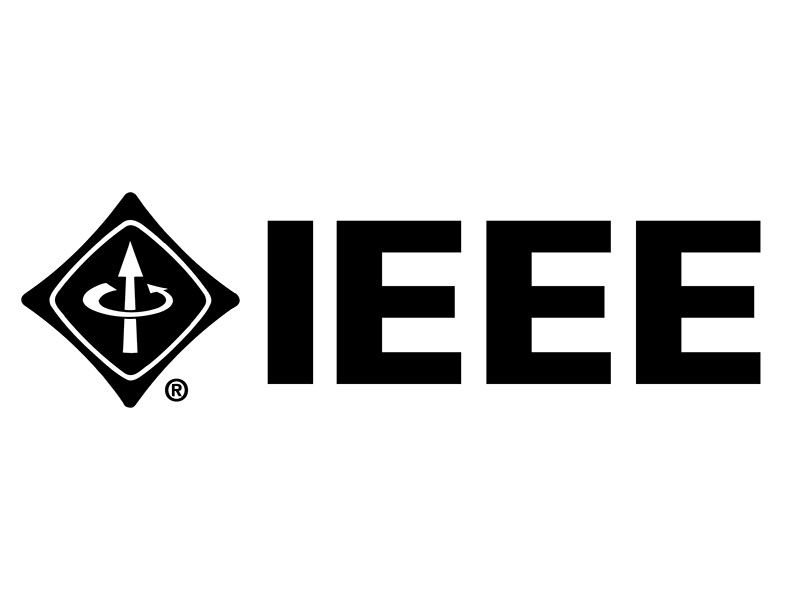IEEE to Study The Feasibility of 400 Gb/s Ethernet
The IEEE has launched the IEEE 802.3 "Standard for Ethernet" study group to explore the development of a 400 GB/s Ethernet standard.
In the August 2012 IEEE 802.3 Ethernet Bandwidth Assessment report, the Institute of Electrical and Electronics Engineers (IEEE) predicted that networks will need to support an average of 58 percent compound annual growth rates (CAGRs) with capacity requirements of 1 Tb/s in 2014 and 10 Tb/s in 2020.
To meet the requirements of ever-increasing number of users, Internet enabled devices and services such as video on demand and social media, the IEEE has launched the IEEE 802.3 "Standard for Ethernet" study group to explore the development and 400 Gb/s Ethernet standard to effectively manage this exponential growth in bandwidth requirements.
"Traffic is growing everywhere—more Internet users, more ways to access the Internet more quickly, higher-bandwidth content, new applications enabled, etc.—and it's critical that we move now to create a plan for the Ethernet ecosystem to evolve beyond today's capabilities, in order to accommodate the burgeoning bandwidth tsunami," said John D'Ambrosia, chair of the new IEEE 802.3 400 Gb/s Ethernet Study Group and chief Ethernet evangelist, CTO office, Dell. "The launch of this study group is the next critical step in evolving the IEEE 802.3 standard to stay ahead of industry's needs. It builds on two years of open efforts around inviting Ethernet's vast array of stakeholders into the work of assessing and tackling the market's emerging application requirements."
The IEEE 802.3 "Standards for Ethernet" Study Group will be meeting at the Fairmont Express in Victoria, BC between May 14 and May 17, 2013. Those interested in taking part can view further information and register for the event at its event page.
Contact Us for News Tips, Corrections and Feedback
Get Tom's Hardware's best news and in-depth reviews, straight to your inbox.
Tarun Iyer was a contributor for Tom's Hardware who wrote news covering a wide range of technology topics, including processors, graphics cards, cooling systems, and computer peripherals. He also covered tech trends such as the development of adaptive all-in-one PCs.
